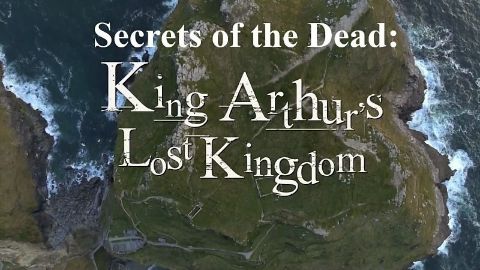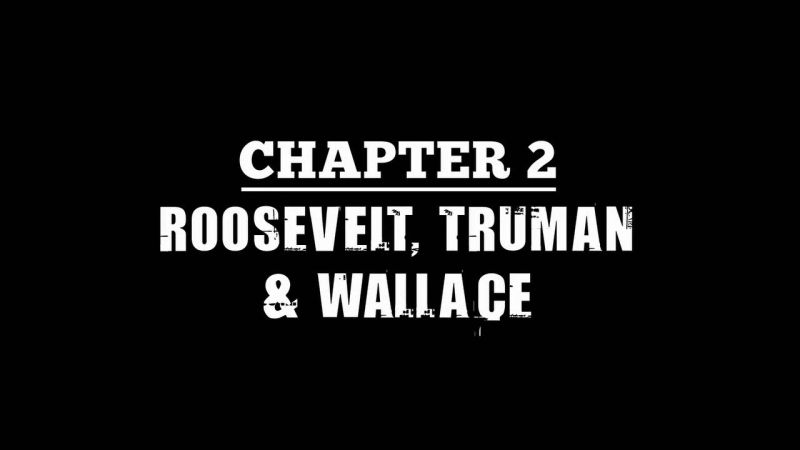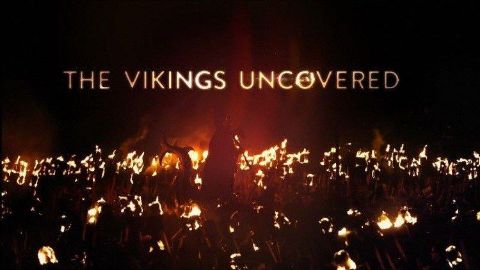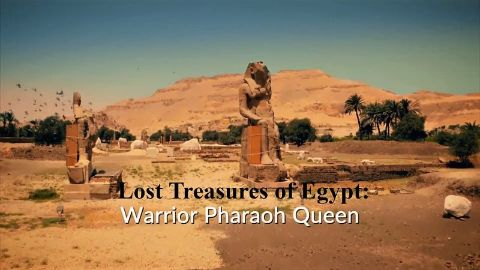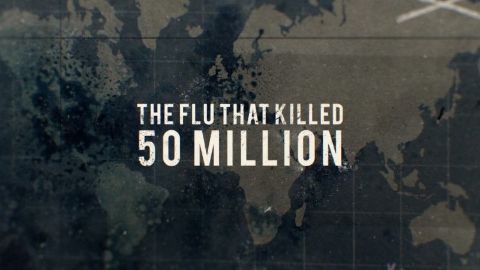Hiroshima: 75 Years Later • 2020
Marking the anniversary of the first detonation of a nuclear weapon in wartime and the swift end it brought to World War II, this special features never-before-seen archival footage, long-suppressed colour film from the immediate aftermath of the bomb, and overlooked audio testimony from core protagonists and victims to provide a a unique and highly personal understanding of the most devastating experiment in human history. HIROSHIMA: 75 YEARS LATER aims to infuse humanity into one of the planet's darkest moments, allowing the figures who designed, built and detonated the bomb, as well as those who were caught in its wake, to narrate their own journeys through an astonishing story of scientific endeavor, unprecedented ambition and unyielding horror. Told entirely from the first-person perspective of leaders, physicists, soldiers and survivors, the documentary presents the moral, scientific and military conundrums of the atomic bomb as felt by those closest to it.
Make a donation
Buy a brother a hot coffee? Or a cold beer?
Hope you're finding these documentaries fascinating and eye-opening. It's just me, working hard behind the scenes to bring you this enriching content.
Running and maintaining a website like this takes time and resources. That's why I'm reaching out to you. If you appreciate what I do and would like to support my efforts, would you consider "buying me a coffee"?
Donation addresses
BTC: bc1q8ldskxh4x9qnddhcrgcun8rtvddeldm2a07r2v
ETH: 0x5CCAAA1afc5c5D814129d99277dDb5A979672116
With your donation through , you can show your appreciation and help me keep this project going. Every contribution, no matter how small, makes a significant impact. It goes directly towards covering server costs.

